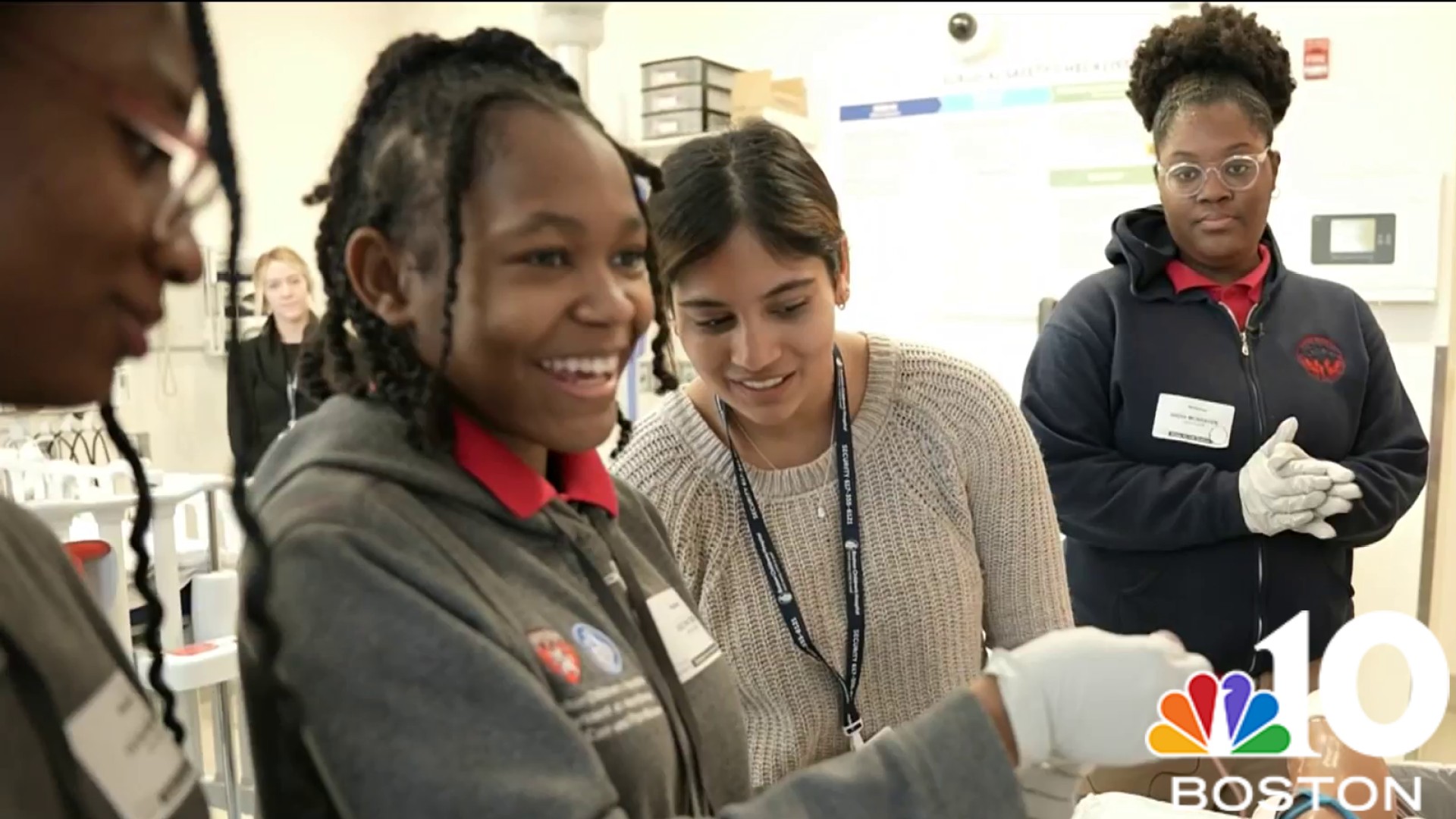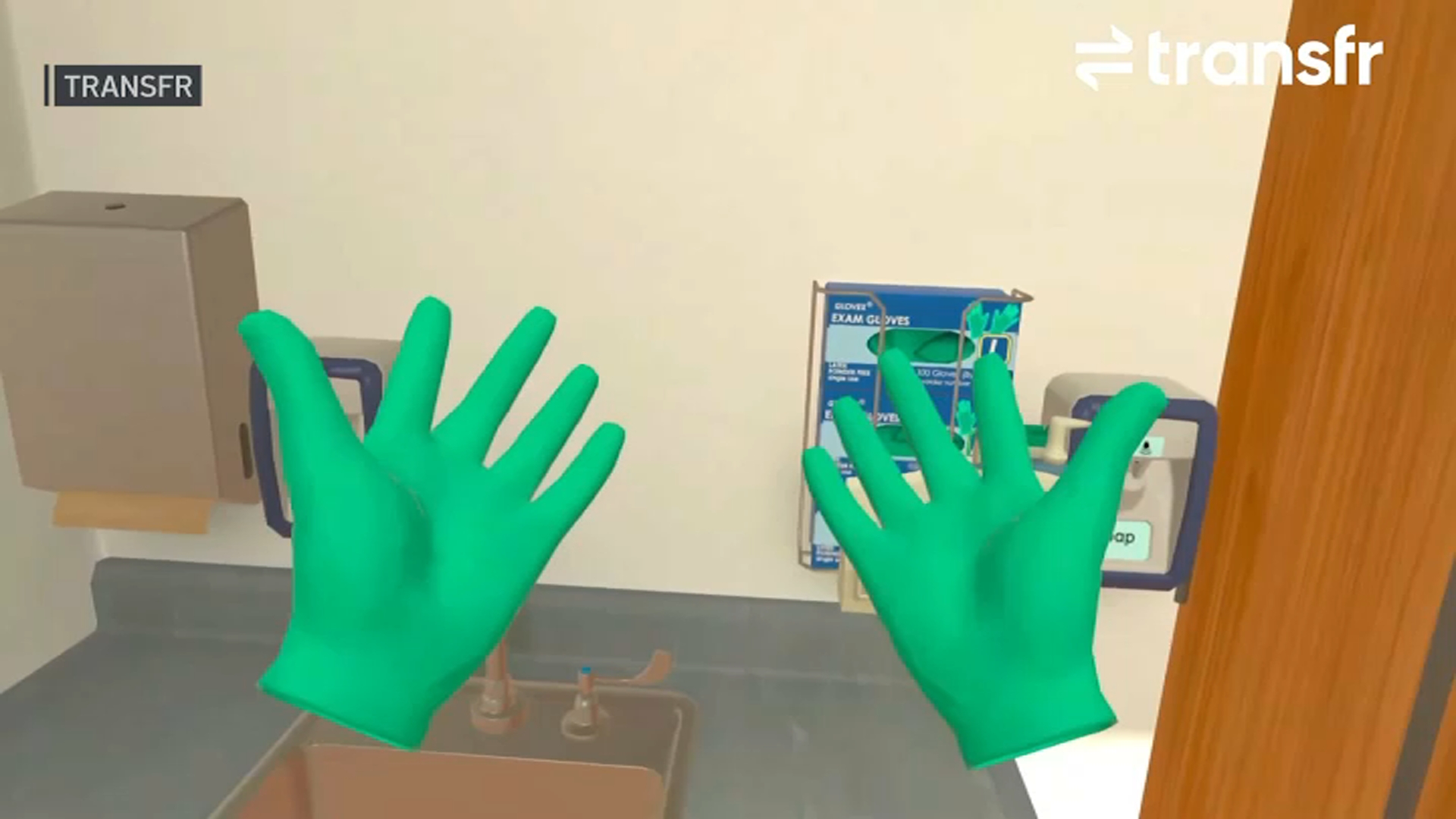The Foxborough Fire Department is embracing the future.
Nearly 40 paramedics will now be using artificial intelligence to assess patients’ internal injuries while en route to the hospital.
“We’re just getting used to using this new system, so it’ll take some practice,” said Ryan Foley, a Foxborough firefighter and paramedic.
According to Foley, their ultrasound technology will use AI to help perform cardiac and abdominal scans.
Get Boston local news, weather forecasts, lifestyle and entertainment stories to your inbox. Sign up for NBC Boston’s newsletters.
While the department received an older version of ultrasound technology back in 2018, the updated systems include the first AI-assisted probes in the state.
“Instead of having an instructor over your shoulder saying ‘Yah, you’re looking at the right spot, now we have the labeling which helps us to identify what we’re looking for,” explained Deputy Chief of Foxborough Medical Services, Thomas Kenvin.
Kenvin confirmed the department received two of the EchoNous Kosmos Torso 1 Ultrasound Probes, and will begin using them the week of March 11.
They’ll be utilized during incidents such as high-speed car accidents on the highway, and accidental falls.
“We’ve had similar cases where elderly have fallen, where our members have used the probe, not thinking too much, there wasn’t anything outwardly obvious. But using the scan they found there was in fact bleeding in the abdomen, so we would divert from a community hospital to a level one trauma center,” he said.
Kenvin added that the technology should help move critical patients into hospital care a little bit quicker.
“Especially when we look at hospitals in our part of the state right now, they’re overstaffed and over-burdened with a high-patient census,” he said. “So to be able to give that information to a receiving team that much quicker can actually potentially affect better patient outcome, by moving the patient through the system a little bit quicker.”




